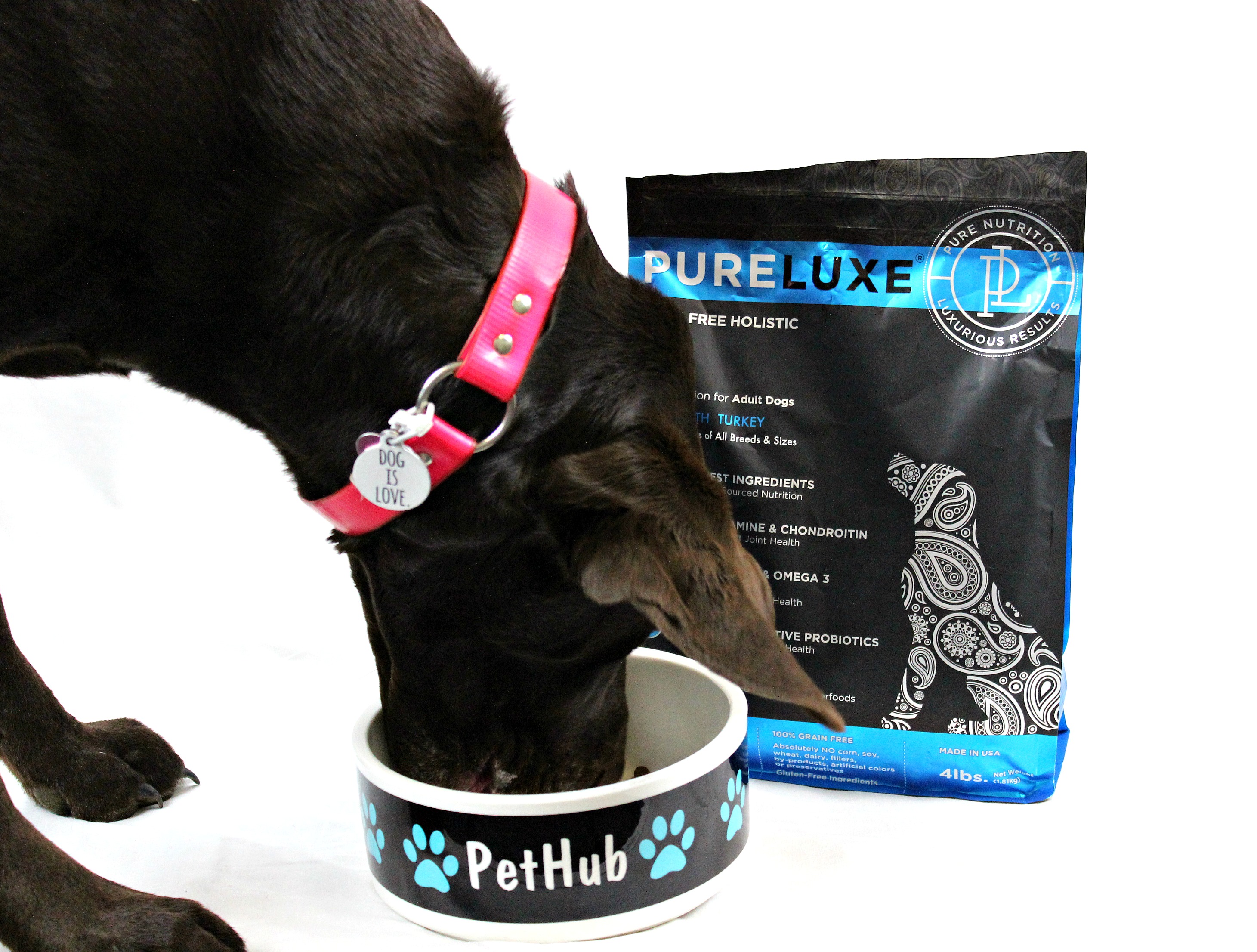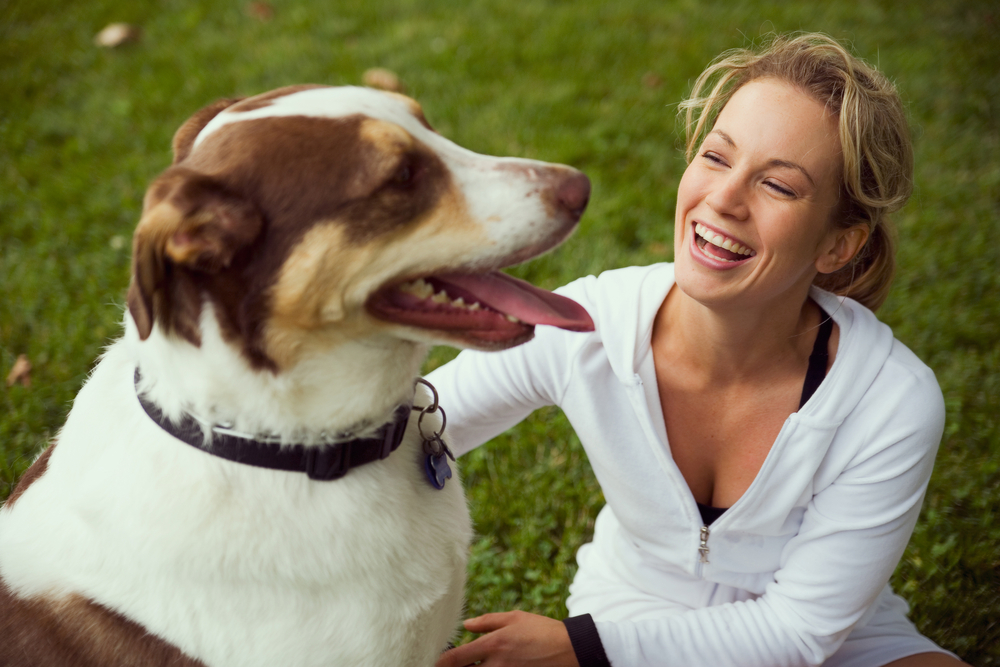A healthy and balanced diet is important for everyone, including our pets. When we are buying, preparing, and storing our own food, we take into careful consideration how we do so. We want to prevent contamination, open food containers, dirty messes, things going bad, etc. But how often do you consider those same standards for your pets?
Commercially prepared pet food is one of the most highly regulated and tested, needing to meet local and government standards, including approval from the FDA. And while we can’t control what happens at that level, as pet parents, we can make sure to continue the proper handling of our pet’s food at home to ensure everyone is happy & healthy.

Purchasing Pet Food
What kind of food you buy for your pets should be at the discretion of you and your veterinarian (if you have any questions about the right food for your pets, make an appointment with your vet to discuss the best options). No matter what type of food you are purchasing for your beloved fur family, the same important rules apply. Some of the most important things to consider when buying food for your pets are:
- Buy only products that are in good condition. Do not purchase any bags with rips or punctures or any cans with dents or missing labels.
- Check the ingredients for anything your pet is allergic to. While we hope to trust all claims made on the packaging (such as grain free or the type of meat listed) it is still safest to check the label to make sure nothing was missed.
- Make sure the “best by” date is at least 6 months away from your purchase date. This ensures that your pet’s food is fresh and will remain so while your pet chows down.
- The bag or container should say “formulated to meet AAFCO (Association of American Feed Control Officials) nutrient profiles," as well as contain language stating that it's been tested using AAFCO procedures to prove that is providing "complete and balanced nutrition" for your pet's species type and stage in life.
Preparing & Handling Pet Food
Preparation of your pet’s food is arguably one of the most important steps when considering safety. Whether your pet eats dry kibble or homemade human grade food, preparing their delectable dishes requires careful thought & consideration to help keep everyone safe. Some great safety steps to keep in mind when preparing your pets food are:
- Always start and end your preparation by washing your hands. This ensures that anything you touched prior, won’t be transferred onto your pet’s food, and anything that might be in or on your pet’s food, won’t be spread once you are done handling it.
- Wash your pet’s food bowls preferably after each use, but at least 3 times per week. This helps ensure that any food or residue left in the bowl won’t attract bacteria or little critters. It’s also just nice, because you wouldn’t want to eat off the same food plate for meal after meal after meal would you?
- Do not use the scoop or spoon you use for your pet’s food on anything else. Have designated utensils for handling and preparing any of your pet’s food. And be sure to wash it after each use and store it away from your other utensils or kitchen products.

Storing Pet Food
Right up there with preparation safety on an importance level, is safety when storing your pet’s food. We don’t just let our leftover food sit out for any old germs or hands to get into, so we certainly don’t want to do that with our pet’s food either. Proper storage and care of their food, can ensure it stays fresh and they stay healthy. There are some very important guidelines to follow when storing their food, including:
- Any leftover wet or moist pet food should be sealed and covered as soon as possible and stored in the refrigerator. Just like our goods, we don’t want it going bad or rancid by staying out on the counter.
- Dry pet food (and treats) should be stored in an airtight container in a dry place that is less than 80 degrees. If possible, dry food should be stored in a designated airtight (and pet proof) pet food container, away from all other food or kitchen goods.
- If you choose to feed your pet raw, make sure to keep all items frozen until you are ready to prepare them.
- Dispose of any old or spoiled pet food properly. Place it in a plastic bag and tie it off, then dispose of it in a covered trash can so that other animals and pets aren’t able to access it.
Pet food safety may not be something we think about often, but it should be. By making sure we educate ourselves and are prepared ahead of time, we can make sure that we are doing everything in our power to protect our pets and loved ones. stay healthy and well.
Other Important Things To Keep In Mind
Purchasing, preparing, and storing your pet’s food properly is incredibly important. But there are a few other important things to keep in mind when it comes to yours and your pet’s meals. Things like:
- Recalls happen in all industries. You may have noticed in the last several years, there have been quite a few pet food recalls. Whenever you purchase your pet’s food, be sure to take a picture of the label and lot number, so you can see if your pet’s food is involved in a recall. If your pet’s food is involved in a recall, you can call the manufacturer or reach out to the FDA to see what steps you need to take. To see a running list of all the most recent pet food recalls, you can visit Dog Food Advisor.
- Toxins are all around us. And while we may enjoy certain foods, it doesn’t mean they are safe for our pets. Most folks enjoy sharing table scraps or bits of “human food” with their furry family, but some of those tasty treats may be harmful to your pets. Some of the most common are onions, grapes and raisins, xylitol (often found in peanut butter), avocado, and more. You can find a comprehensive list of foods to avoid feeding your pets from The Humane Society of the United States
- While storing your pet’s food is uber important, so is the proper storage of our human food as well. Keeping things that could potentially harm your pet in any way, up and out of reach, is critical to your dogs safety. Even if you think your pet would never get into something, if a chip bag is left out and they get their head stuck in it, the end result could be tragic. Or if some chocolate is left on the counter and your pup just can’t resist (this happens way more often than you might think). So make sure to keep your food put away in cupboards, your pantry, or in your fridge, and out of curious noses and mouths.



